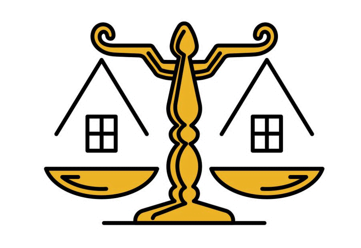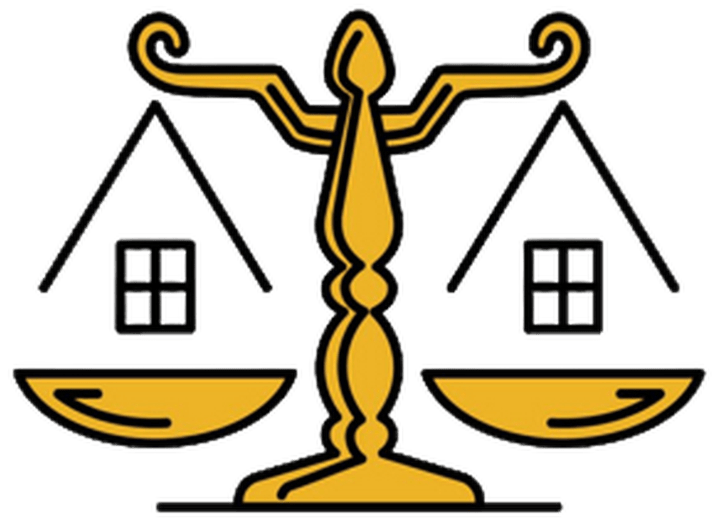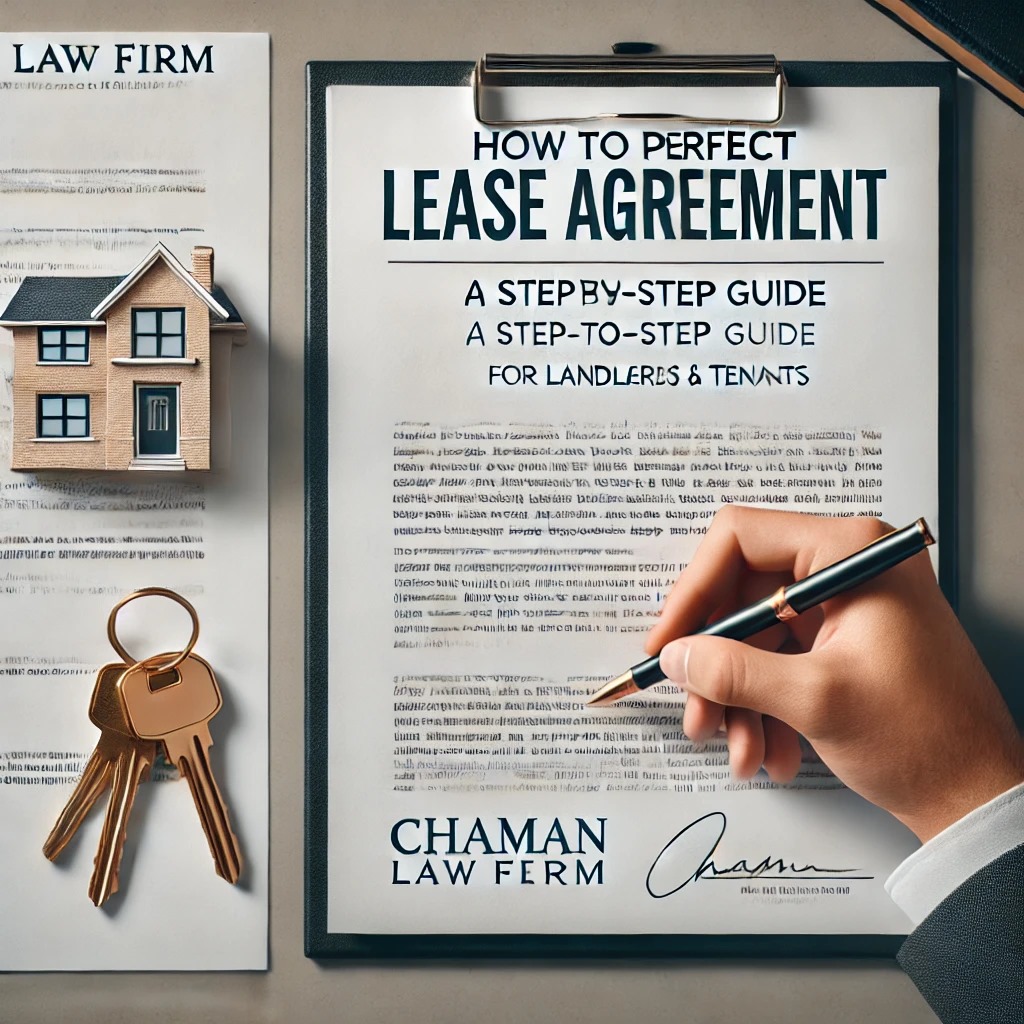A lease agreement is one of the most critical documents in real estate transactions. Whether you are a landlord leasing out your property or a tenant looking to rent, a well-drafted lease agreement ensures clarity, protects rights, and minimizes legal disputes. However, many property owners and tenants overlook key aspects of lease drafting, leading to conflicts, financial losses, and eviction issues.
In this comprehensive guide, we will walk you through everything you need to know about drafting a legally sound and comprehensive lease agreement that safeguards both landlords and tenants.
What is a Lease Agreement?
A lease agreement is a legally binding contract between a landlord (lessor) and a tenant (lessee) that outlines the terms and conditions of a rental property. It specifies the rights and responsibilities of both parties and serves as a legal reference in case of disputes.
A well-structured lease agreement helps prevent misunderstandings, ensures compliance with relevant property laws, and protects the interests of both landlords and tenants.
Why is a Lease Agreement Important?
Many landlords and tenants underestimate the importance of a lease agreement, assuming verbal agreements or informal contracts are sufficient. However, a properly drafted lease agreement offers the following benefits:
✅ Legal Protection: Clearly defines the rights and obligations of both parties, preventing disputes.
✅ Financial Security: Specifies the rent amount, payment terms, and penalties for non-compliance.
✅ Eviction Clarity: Outlines conditions under which a tenant can be evicted, reducing legal challenges.
✅ Property Use Regulation: Defines what the tenant can and cannot do within the premises.
✅ Dispute Resolution Framework: Provides guidelines for handling disagreements and legal recourse.
Without a well-drafted lease agreement, landlords risk unpaid rent, property damage, and legal battles, while tenants may face unjust eviction, security deposit loss, and unfair treatment.
Key Elements of a Lease Agreement
A comprehensive lease agreement must contain the following essential clauses:
1️⃣ Identification of Parties
Clearly state the full names of the landlord and tenant, along with their contact details.
2️⃣ Description of the Property
Provide a precise address and description of the rented property, including unit numbers, floor levels, and any included facilities.
3️⃣ Lease Duration (Term)
Specify the lease period (e.g., one year, two years, or month-to-month) and whether renewal options exist.
4️⃣ Rent Payment Terms
The amount of rent payable
Due date for rent payments
Acceptable payment methods (bank transfer, cheque, cash, etc.)
Late payment penalties
Rent review conditions
5️⃣ Security Deposit
State the security deposit amount, conditions for its use, and refund policies after the lease term.
6️⃣ Maintenance and Repairs Responsibilities
Who is responsible for maintenance (landlord or tenant)?
How are repairs handled?
How should tenants report damage?
7️⃣ Use of Property
Define whether the property is for residential or commercial purposes and list any prohibited activities (e.g., subletting, illegal activities, business operations in a residential space).
8️⃣ Utilities and Bills
Clarify who is responsible for paying electricity, water, waste disposal, internet, and service charges.
9️⃣ Access and Inspection Rights
Specify under what circumstances the landlord can access the property for inspections or maintenance.
🔟 Termination and Eviction Terms
Clearly outline conditions for lease termination, including:
Notice period for ending the lease
Grounds for eviction (e.g., non-payment of rent, property damage, illegal activities)
Refund policies for early lease termination
1️⃣1️⃣ Legal Compliance and Dispute Resolution
Include a clause stating that the lease adheres to Nigerian tenancy laws and specify how disputes will be resolved (e.g., mediation, arbitration, or court litigation).
1️⃣2️⃣ Signatures of Both Parties
A lease agreement is only legally binding when signed by both the landlord and tenant. If applicable, a witness or lawyer’s endorsement is recommended.
Step-by-Step Guide to Drafting a Lease Agreement
Step 1: Identify the Type of Lease Agreement
Before drafting, determine whether it is a residential lease, commercial lease, or short-term lease. Each type has different legal and financial implications.
Step 2: Gather Necessary Information
Landlord’s full name and address
Tenant’s full name and address
Property details (location, condition, and facilities)
Agreed rental amount and payment method
Step 3: Structure the Agreement
Use a standard lease template or consult a legal expert to ensure all essential clauses are covered.
Step 4: Customize Lease Terms
Adapt the lease agreement to suit specific needs, such as additional rules for pets, parking, security, or business operations.
Step 5: Review and Amend
Carefully review the draft to eliminate ambiguities, loopholes, or conflicting terms.
Step 6: Sign and Register
Both parties must sign the document and, where applicable, register the lease with relevant authorities for additional legal protection.
Common Mistakes to Avoid When Drafting a Lease Agreement
Many landlords and tenants make costly errors when creating lease agreements. Here are some common pitfalls to avoid:
❌ Vague Rent Terms – Always specify the exact amount, payment frequency, and late penalty details.
❌ Ignoring Security Deposit Rules – Clearly define how deposits are used and refunded.
❌ Failure to Include Termination Terms – Avoid disputes by clearly stating notice periods and eviction grounds.
❌ No Maintenance Responsibilities – Ensure the lease defines who repairs plumbing, electrical, and structural damages.
❌ Not Adhering to Legal Requirements – Draft the lease in compliance with Nigerian tenancy laws to avoid nullification.
Differences Between Residential and Commercial Leases
Understanding these differences helps in drafting an agreement that suits the intended use of the property.
Legal Tips for Drafting an Enforceable Lease Agreement in Nigeria
✔ Follow the Tenancy Laws of Your State – Nigerian tenancy laws vary by state, so ensure compliance.
✔ Use Clear and Simple Language – Avoid legal jargon that may cause confusion.
✔ Ensure Proper Documentation – Keep signed copies of the lease and provide tenants with a copy.
✔ Get Legal Assistance – A property lawyer can help draft a bulletproof lease that protects your interests.
Need Professional Assistance for Lease Agreements?
At Chaman Law Firm, we specialize in drafting, reviewing, and enforcing lease agreements for landlords and tenants. Our legal experts ensure that your lease protects your rights, property, and financial interests.
📞 Call/WhatsApp: 08065553671, 08096888818
📍 Office Address: 115, Obafemi Awolowo Way, Allen Junction, Beside Lagos Airport Hotel, Ikeja, Lagos.
🌍 Visit Our Website: www.chamanlawfirm.com
Final Thoughts
A well-drafted lease agreement is a powerful tool for protecting landlords and tenants, preventing disputes, and ensuring smooth tenancy relationships. By following the guidelines in this article, you can create a legally sound lease that minimizes risks and maximizes legal protection.
👉 Subscribe to my YouTube channel for more real estate and legal insights!
🔔 Like, Share, and turn on Notifications to stay updated.
Legal Requirements for Land Purchase in Lagos
#LeaseAgreement #PropertyLaw #RealEstateNigeria #LandlordTenant #LeaseDrafting #ChamanLawFirm #LegalT


